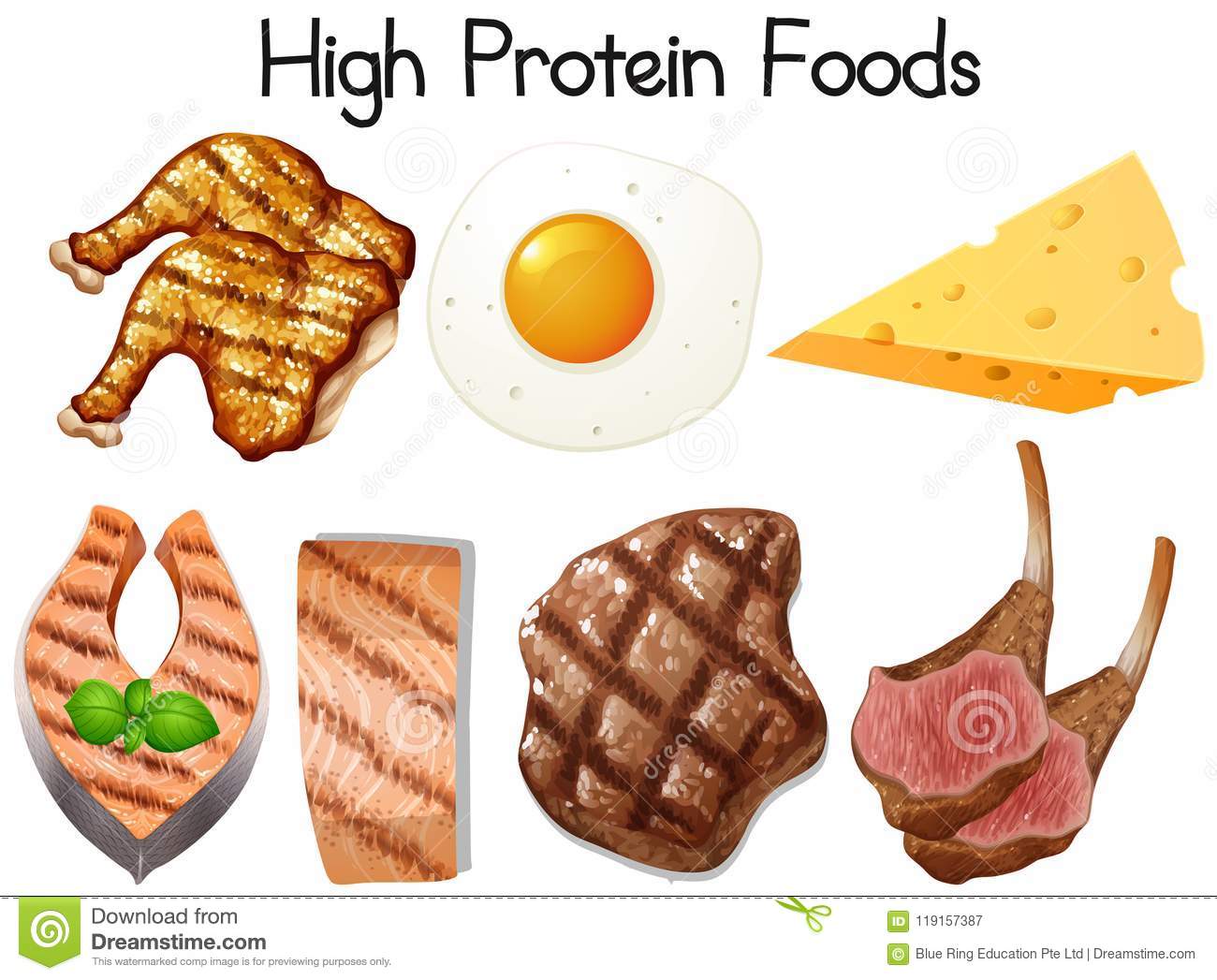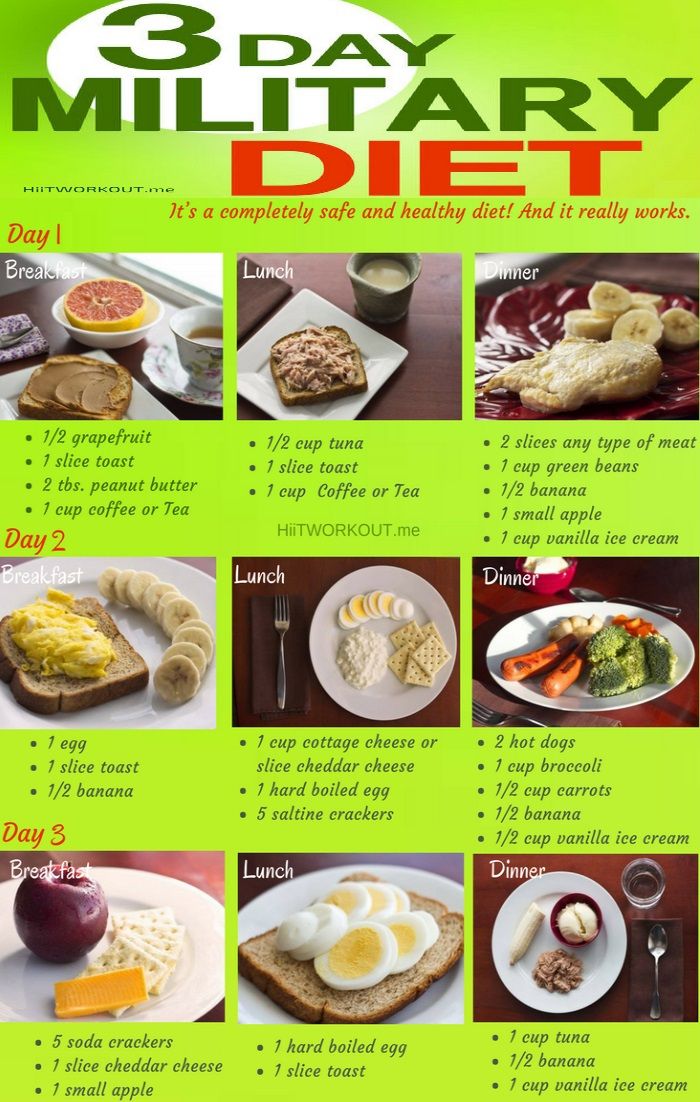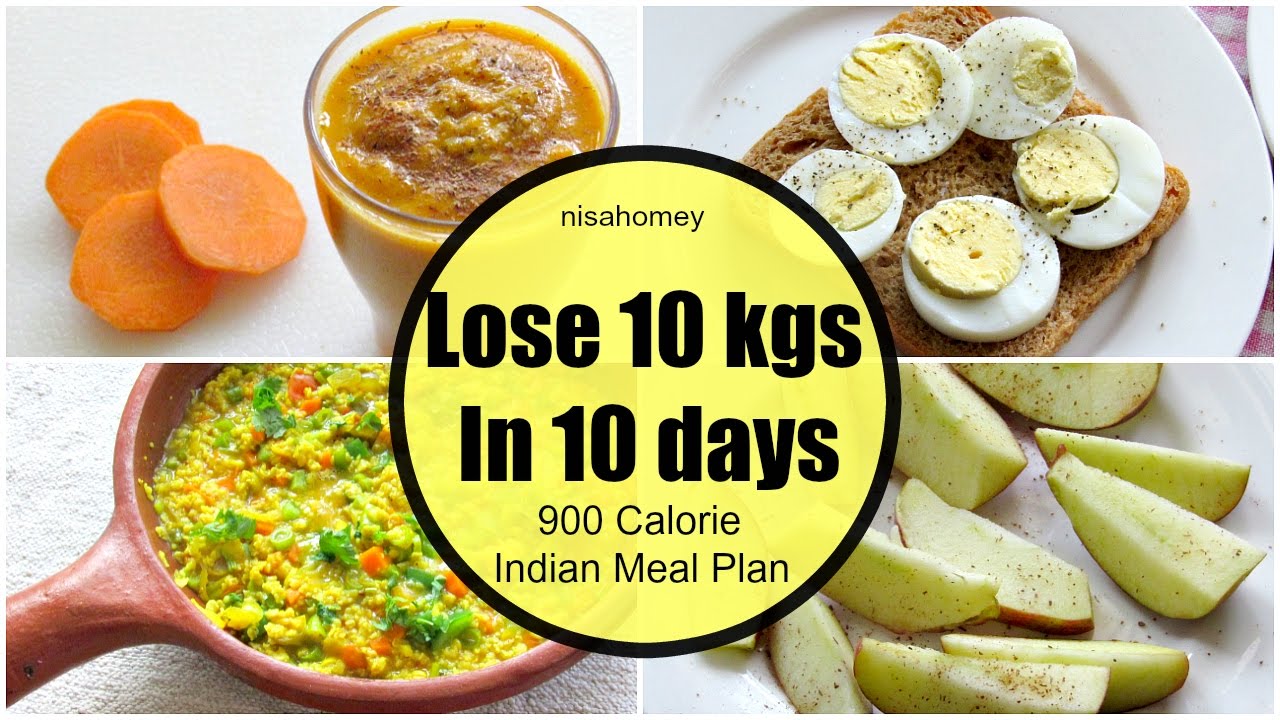
It can be difficult for people to find healthy foods. The resources available may be in print or online versions, but they are usually not easy to use. Your lifestyle, grocery store location, and budget may also be factors that affect your ability to access healthy eating resources. There are many information sources that will help you make informed choices. Here are some helpful sites: 1. Canadian Food Guide, 2. EatRight, 3. Canada's Food Guide. 811HealthLine
MyPlate provides the Dietary Guidelines for Americans. This is a great resource for nursing mothers and moms to be. There are also links on the Nutrition Education and Training Materials for healthy eating. These links include "Eat Healthy Every Day", "Reduce Your Risk for Cardiovascular Disease", and "Manage Your Food Resources Wisely." To ensure that your food is healthy, you can use a food thermometer.

We Can! is another resource. initiative. This program is designed to help families and communities increase their awareness of nutrition and encourage healthier food choices. You can find information and tips about "Go Foods," "Slow Foods", as well the benefits of eating healthier. These resources can be useful for print publications and newsletters. They also give tips on food safety, portion size, and teaching kids about the importance of healthy eating. Visit the American Diabetes Association's site for more information.
The Healthy Eating Toolkit provides a great resource for nutrition professionals such as dietitians and community educators. It will explain the nutritional facts label and show you how to read it. It includes helpful tips for cooking healthy meals for both children and adults. The U.S. Department of Agriculture (USDA) sponsors the Eat Smart-Eat Smart program. This website features a wide selection of healthy eating recipes and is very inexpensive.
Many of the resources to help you eat healthy are made for health professionals. The DHDSP site offers resources and information for all health conditions. You can find recipes and tips for many different foods in the free meal delivery resource. It also provides resources for the NIA's online library. There are many other great resources that the NIA offers to help you encourage healthy eating within your community. These resources are important to share with your patients. Make sure they understand the many benefits of a heart-healthy lifestyle.

We Can! chart is also a helpful resource for parents who want to provide their children with healthy lunches. It can be confusing to determine what products you should buy for lunches, even though most packaged foods include nutrition facts labels. Using the We Can! The We Can! nutrition chart will help you make the best decision for your family. A nutrition chart can help you determine which foods are best for you, and which ones are harmful to your health. When you can decide which foods are best for your family, you can make a great lunch for your kids.
FAQ
Why should you lose weight before reaching 40?
People over 40 should take care of their health and keep fit. It is crucial to find ways that you can stay fit throughout your entire life. Regular exercise, healthy eating, moderate alcohol consumption, and quitting smoking are all important.
It is also important for us to realize that our bodies will change with age. Our bones get weaker and our muscles become smaller. By taking care of our bodies, we can slow the aging process.
Staying healthy and fit throughout your life is a great way to keep yourself young. These are:
-
Better Sleep
-
Better mood
-
Increased energy levels
-
Lower risk of developing cancer
-
A longer life
-
More independence
-
Better sex
-
Improved memory
-
Improved concentration
-
Improved circulation
-
Stronger immune system
-
Less pain and aches
How to Create an Exercise Routine?
The first step is to create a routine for yourself. You need to know what you will do each day and how long you will spend doing it. This helps you plan and prevents procrastination.
You should also ensure you have plenty to choose from when working out. It is important not to get bored while exercising. This will cause you to lose interest and make it difficult for you to stick with it.
You also need to keep track of your progress. It's important that you keep track of the weight you have gained or lost over time.
If you lose weight and then gain more weight, it is easy to lose your motivation. On the other hand, if you gain too much weight, it becomes harder to stay motivated.
You should find a balance between weight gain and weight loss. You won't be able to exercise if your current weight is not comfortable.
Is there any side effect to intermittent fasting?
Intermittent fasting doesn't have any known side effect. However, if you don't plan properly, you might experience some minor issues.
If you skip breakfast, for example, you may feel constantly irritable. It is possible to experience headaches and muscle cramps.
These symptoms are usually gone within a few days.
Statistics
- According to Harvard Health, it's estimated that a 155-pound (70-kg) person burns roughly 112 calories per 30 minutes of weight training (5). (healthline.com)
- Among women, the increase in metabolic rate was nearly 4%, or 50 more calories per day (14Trusted Source (healthline.com)
- One study in 9 active men found that HIIT burned 25–30% more calories per minute than other types of exercises, including weight training, cycling, and running on a treadmill (18Trusted Source (healthline.com)
- Another study found that 24 weeks of weight training led to a 9% increase in metabolic rate among men, which equated to burning approximately 140 more calories per day. (healthline.com)
External Links
How To
How to Intermittent Fasting
Intermittent Fasting is a method of dieting where you only eat one meal per week, typically Monday through Friday. The goal is to decrease your overall calories and still get adequate nutrition. It is believed that this will help you burn fat quicker than if the meals are regular for the whole week.
The most popular form of IF is to limit calories to certain days. This means that you might skip breakfast every day and then indulge in whatever food you desire throughout the day. You could also choose to eat three small meals daily rather than two large ones.
Many forms of intermittent fasting are available, such as alternate day fasting (5/2 fasts), 8/4 fasts and 16/8 fasts. There are pros as well as cons to each form of intermittent fasting. Because you don't need to make major lifestyle changes, alternate day fasting can be the easiest way to get started. Some people may find it difficult to adhere to such a strict schedule, so they might try other methods.
Alternate-day fasting is a good option if you are looking to begin an intermittent fasting program. This will allow your lifestyle to be gradually altered while you transition into more extreme fasting.